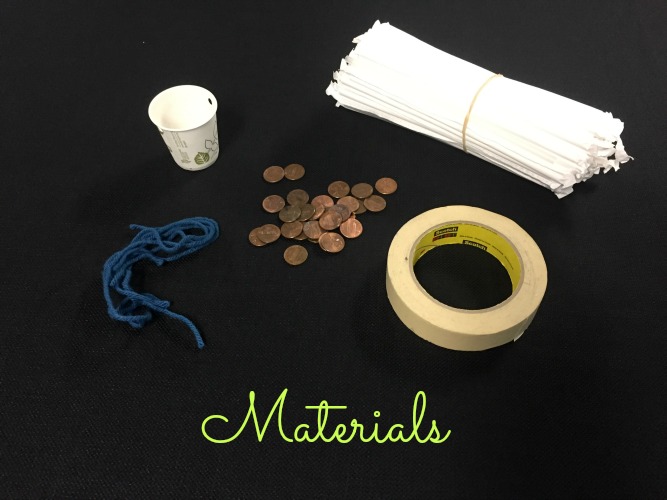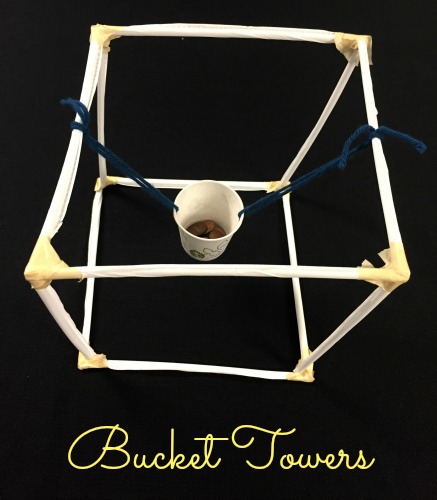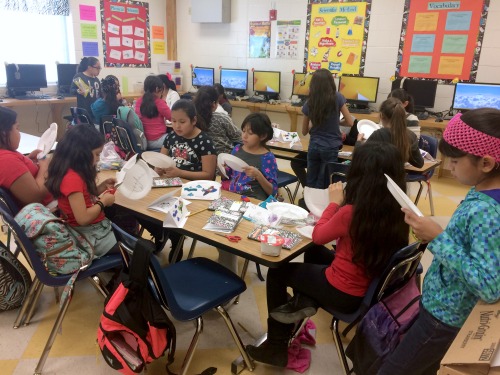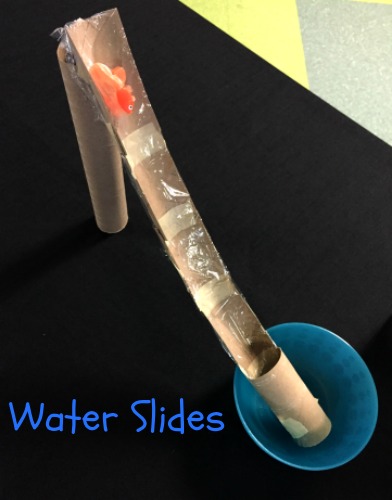Lights Out!
It’s the first week of Girlstart After School, but our students are already expanding their STEM skills as physicists! Girls are encouraged to be brave, creative, and curious by creating a positive space for everyone to learn. Groups created a list of expectations that they promise to abide by as they learn about concepts like frequency and wavelength of light energy and the electromagnetic spectrum.

In the physicist career, scientists study matter and energy, from the subatomic level all the way to galaxies like our own. Physicists also take a special interest in light and its properties. For example, some physicists study light’s effects on ocean environments at different depths. In deeper parts of the ocean where only blue light can reach, organisms have adapted to these unique conditions. Girlstart students created their own blue filter glasses to simulate the behavior of light at varying ocean depths and to study the adaptations of different marine organisms.

First, students viewed colored felt pieces through their glasses and recorded what they saw. Groups discussed the difference between colors on land and in the deep ocean, and how this difference could possibly affect the coloration of marine life. Next, students viewed pictures of different ocean life, such as the Midwater Shrimp, Bloodbelly Comb Jelly, and Sea Fan. The natural coloration of these organisms would appear red on land, but students found it difficult to see them against the darkness of their environment. Because of the behavior of light, red coloration is a camouflage that many organisms utilize to remain “invisible” in the ocean depths.









